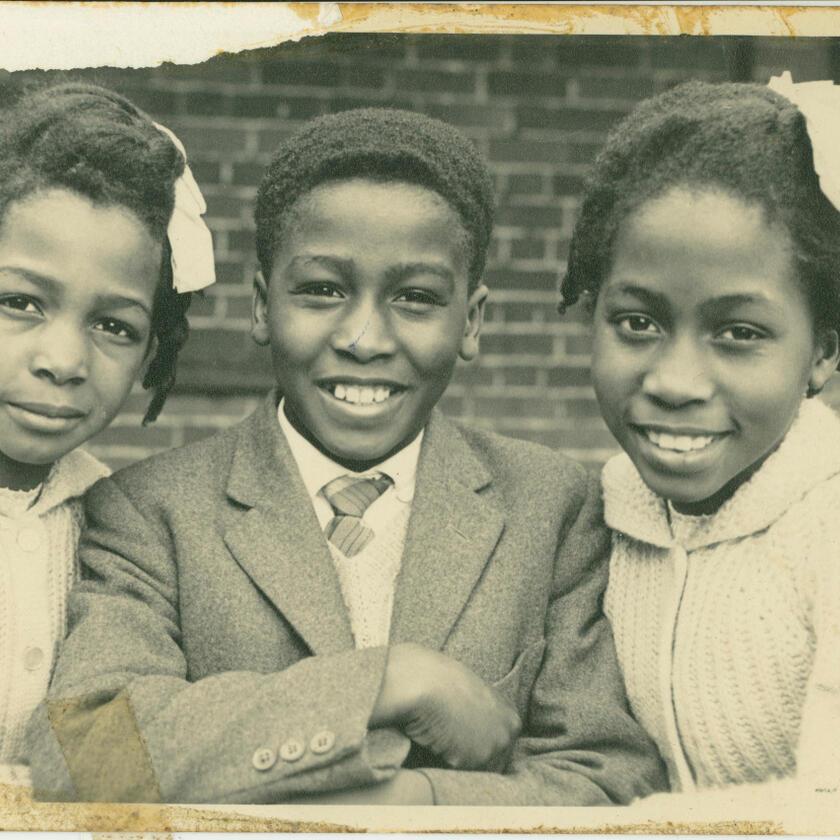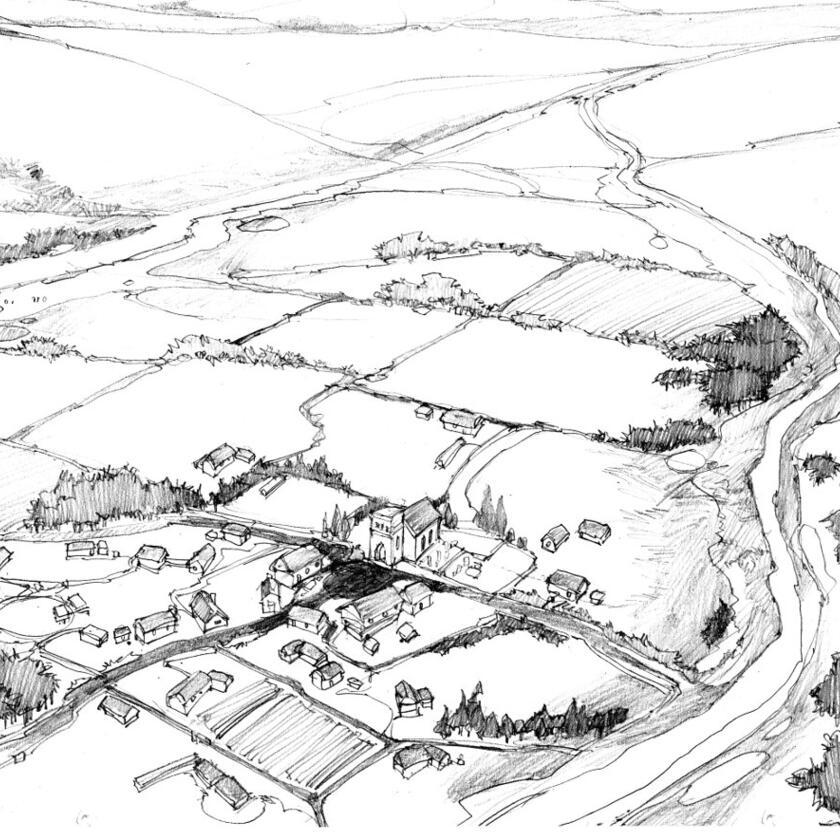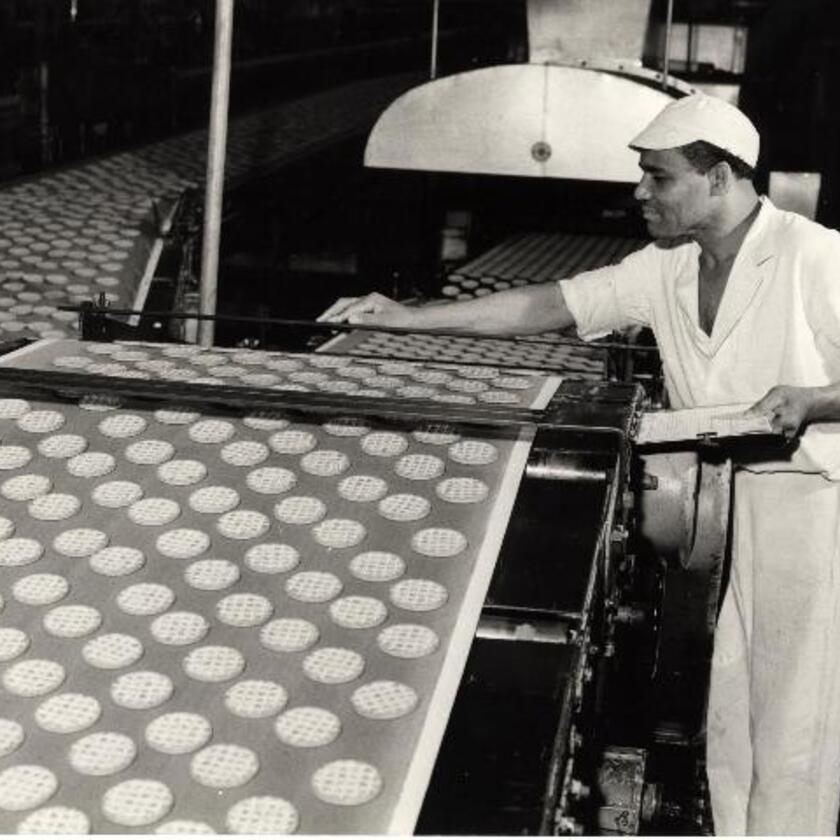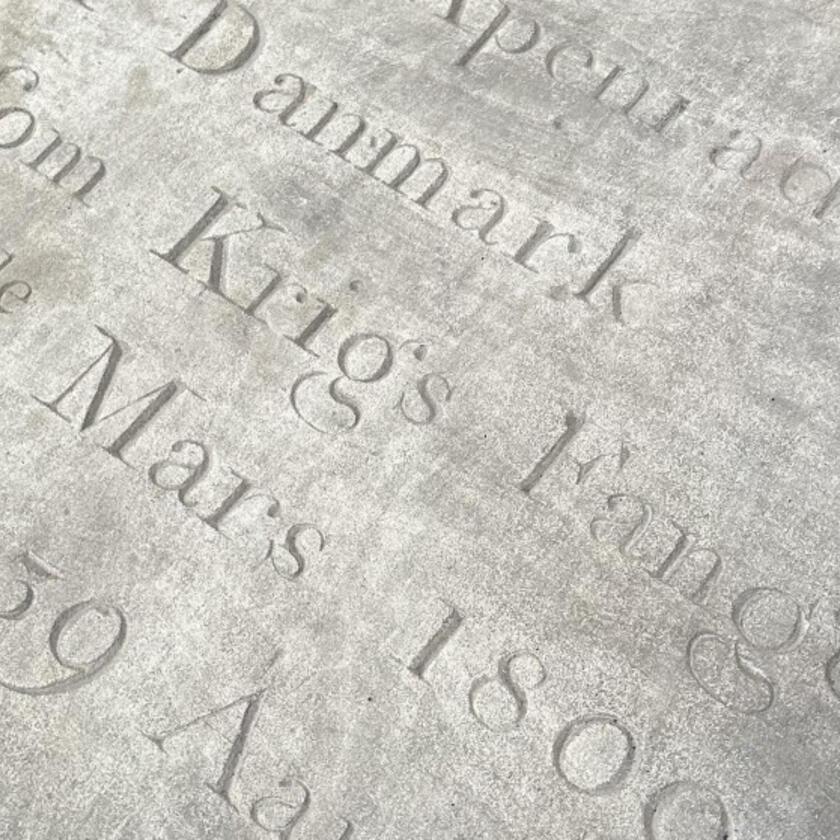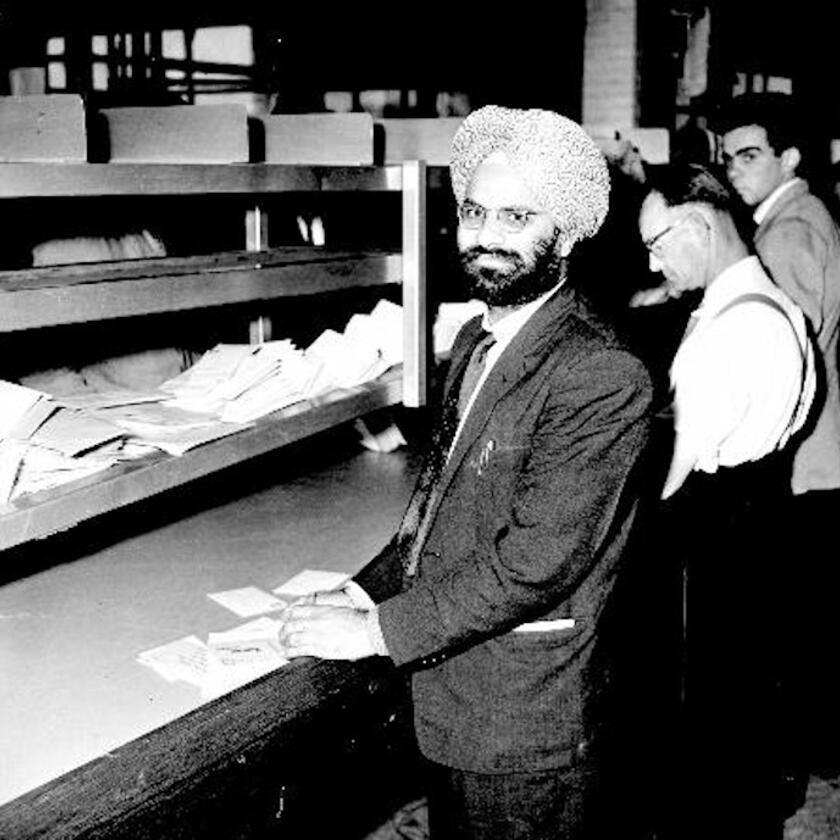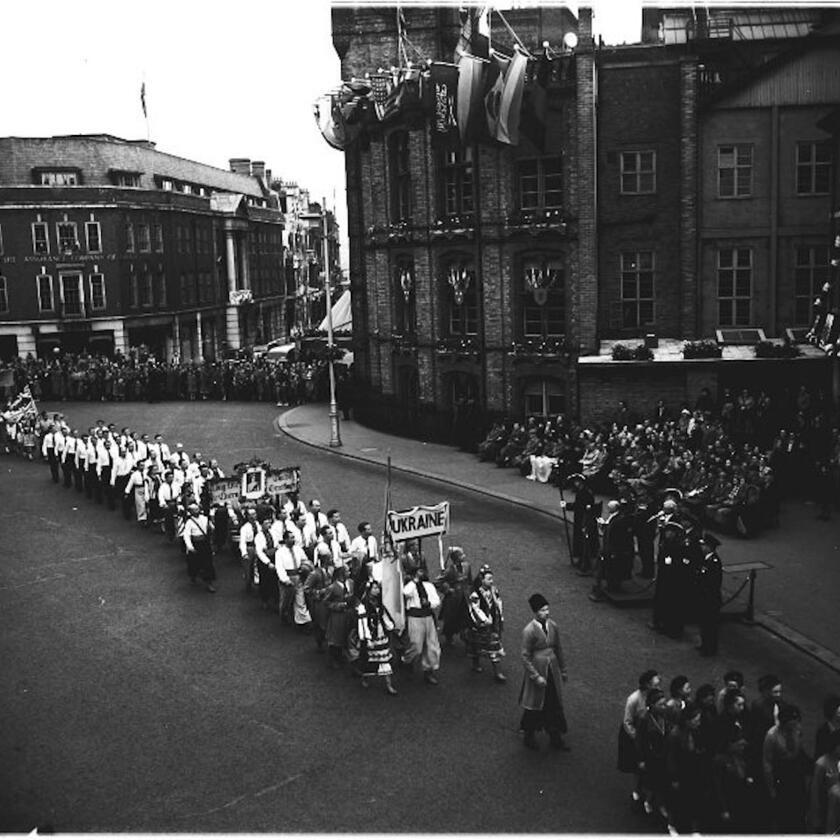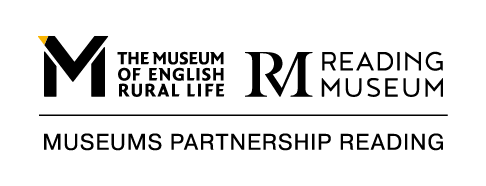People have been coming to Reading to live and work for centuries.
Some have come as refugees, escaping harsh regimes or conflicts in countries such as Uganda and Ukraine. Others had no choice, arriving as enslaved servants or prisoners of war.
Most people came in search of a better life for themselves and their families. Since the 1940s new jobs in manufacturing, public transport, construction, IT and the NHS have attracted workers from across Britain and around the world.
In collaboration with Reading City of Sanctuary and Reading Refugee Group we have created a new Routes to Reading information panel in Reading Museum's Story of Reading gallery, to give just a few examples of the many people who have made Reading their home over the centuries. These stories are shared below in pictures and words.

The Routes to Reading information panel in the Story of Reading Gallery
Arrival Stories - click on each story to find out more
Before Reading - early arrivals
Britain was part of the Roman Empire from AD 43 to AD 410. Archaeologists have found traces of incomers arriving from across the Roman Empire from France to North Africa. This diversity would have been found in the population of the Roman town of Calleva, located 10 miles south of Reading at Silchester. Our online exhibition explores the story of Roman Calleva or visit the Museum's Roman galleries.
Reading’s origins - Saxon settlers and Viking raiders
Reading was first settled in the sixth century AD by Saxons who came here from northern Europe (you can see finds from their cemetery in the Museum's Story of Reading gallery). In AD 870 Viking raiders from Scandinavia set up an over-winter base at Reading, strategically located between the River Thames and River Kennet. Read our blog about the Vikings in Reading.
Enslaved people - 18th century
The Atlantic slave trade involved the transportation of enslaved African people by slave traders, mainly to the Americas to work on plantations from the 1600s to 1800s. This trade benefited sugar and cotton plantation owners and traders living in places like Reading. You can find more about Reading's links to the slave trade in our blog.
In the 1700s, it was fashionable for wealthy British families to have enslaved black servants. The Loveday family who lived at Caversham Court had a black nurse called Dorothy Blake. Dorothy had been enslaved in west Africa and given to Lady Hopkins, who was the aunt of John Lovegrove.
Napoleonic prisoners of war
Between 1807 and 1814 nearly 600 Danish and Norwegian prisoners of war lived embedded in the Reading community ‘on parole’. Nearly all the prisoners were merchant seamen - innocent victims caught up in the conflict between the union of Denmark-Norway, a French ally, and Britain during the Napoleonic Wars (1803–1815). Most were repatriated but some stayed in Reading, marrying local women. Discover the story of these prisoners on our blog.
Arrivals from within the UK since 19th century
In the nineteenth century agricultural workers from around southern Britain arrived in Reading for employment in expanding industries such as Huntley & Palmers biscuit factory. During the 1980s Reading saw a new influx of people attracted by the booming computer industry. Many came from Scotland and the north of England to work for companies like Digital Equipment Corporation (DEC).
European arrivals - 20th century
Many Irish people came over in the 1940s and 1950s to work in the region’s booming construction industry. The atomic bases at Aldermaston and Harwell were largely built by Irishmen, who were also very important in the construction of the M4 motorway.
At the end of the Second World War, the Polish army was demobbed at Nettlebed, just north of Reading, and many soldiers stayed rather than return to Communist-controlled Poland. More recently, after Poland joined the European Union a new generation of Polish people came to live and work in Reading.
The Windrush generation
In June 1948, a ship named Empire Windrush arrived in England after a long journey from the Caribbean. On board were over 800 enterprising young men and women, part of what became known as the Windrush generation. As British subjects they travelled with a sense of duty to the ‘Mother Country’ and its call for help to rebuild after the Second World War. Members of the Windrush generation made their lives in Reading, contributing to the town's social, cultural and economic fortunes.
South Asian communities
In the 1960s, many people came to Reading from the rural Mirpur area of Azad Kashmir, in Pakistan. The cultural differences between rural Kashmir and urban England were enormous but the community thrived in Reading.
Reading also has a vibrant Indian community. This includes people of Indian origin who were expelled from Uganda by Idi Amin in 1972 and airlifted to Britain where some then settled in Reading.
Welcome to Reading today
Reading is proud to be a place of safety, where people seeking sanctuary are fully included in the life of the local community.
In 2015, Reading Refugee Support Group launched Reading City of Sanctuary believing that we all have a role to play in making Reading a welcoming place for people seeking sanctuary.
For some people their journey leads to British Citizenship, and Reading’s Citizenship ceremonies are held the Register Office Ceremony Room that is located inside Reading Museum.
As part of our strategic partnership with The Museum of English Rural Life (Museums Partnership Reading) we are proud to be working towards becoming a Museum of Sanctuary so that both our museums become places of welcome for Asylum Seekers and Refugees.

Members of Reading Refugee Group visiting Reading Museum in 2024
As an Iranian, I have a pleasant experience in the city of Reading. I don't feel lonely and alienated in this city because the people of this city. They are kind and supportive…I really like the texture of the city with old and modern buildings
- A recent arrival to Reading, 2024

